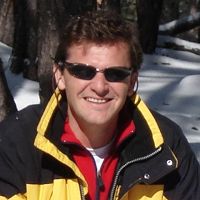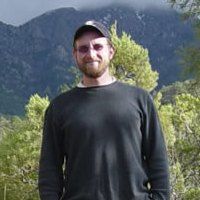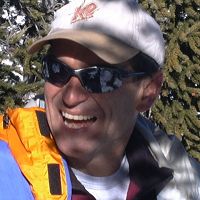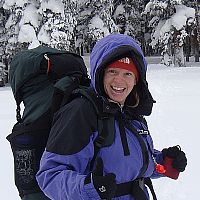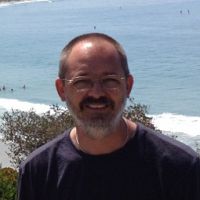Chorover et al., 2011
How Water, Carbon, and Energy Drive Critical Zone Evolution: The Jemez-Santa Catalina Critical Zone Observatory.
Chorover J., Troch P.A., Rasmussen C., Brooks P., Pelletier J., Breshears D.D., Huxman T., Lohse K., McIntosh J., Meixner T., Papuga S., Schaap M., Litvak M., Perdrial J. Harpold A., and Durcik M. (2011)
Vadose Zone Journal 10(3): 884-899
-
Catalina-Jemez, INVESTIGATOR
-
Catalina-Jemez, INVESTIGATOR
-
Catalina-Jemez, INVESTIGATOR
-
Catalina-Jemez, INVESTIGATOR
-
Catalina-Jemez, INVESTIGATOR
-
Catalina-Jemez, INVESTIGATOR
-
Catalina-Jemez, INVESTIGATOR
-
Catalina-Jemez, INVESTIGATOR
-
Reynolds, INVESTIGATOR
-
Catalina-Jemez, Luquillo, Reynolds, INVESTIGATOR
-
Boulder, Catalina-Jemez, INVESTIGATOR
-
Catalina-Jemez, STAFF
Abstract
The structure of the critical zone (CZ) is a result of tectonic, lithogenic, and climatic forcings that shape the landscape across geologic time scales. The CZ structure can be probed to measure contemporary rates of regolith production and hillslope evolution, and its fluids and solids can be sampled to determine how structure affects CZ function as a living filter for hydrologic and biogeochemical cycles. Substantial uncertainty remains regarding how variability in climate and lithology influence CZ structure and function across both short (e.g., hydrologic event) and long (e.g., landscape evolution) time scales. We are addressing this issue using a theoretical framework that quantifies system inputs in terms of environmental energy and mass transfer (EEMT, MJ m−2 yr−1) in the recently established Jemez River Basin (JRB)–Santa Catalina Mountains (SCM) Critical Zone Observatory (CZO). We postulate that C and water fluxes, as embodied in EEMT, drive CZ evolution and that quantifying system inputs in this way leads to predictions of nonlinear and threshold effects in CZ structure formation. We are testing this hypothesis in the JRB-SCM CZO, which comprises a pair of observatories—in northern New Mexico within the Rio Grande basin (JRB) and in southern Arizona within the Colorado River basin (SCM). The JRB-SCM CZO spans gradients in climate, lithology, and biota representative of much variation found in the larger U.S Southwest. Our approach includes in situ monitoring of zero-order basins nested within larger CZO watersheds and measurement–modeling iterations. The initial data collected at the ecosystem, pedon, and catchment scales indicates a strong role of coupled C and water flux in regulating chemical denudation of catchments in the JRB site.
Citation
Chorover J., Troch P.A., Rasmussen C., Brooks P., Pelletier J., Breshears D.D., Huxman T., Lohse K., McIntosh J., Meixner T., Papuga S., Schaap M., Litvak M., Perdrial J. Harpold A., and Durcik M. (2011): How Water, Carbon, and Energy Drive Critical Zone Evolution: The Jemez-Santa Catalina Critical Zone Observatory . Vadose Zone Journal 10(3): 884-899. DOI: 10.2136/vzj2010.0132
 This Paper/Book acknowledges NSF CZO grant support.
This Paper/Book acknowledges NSF CZO grant support.
Associated Data
Jemez River Basin - GIS/Map Data - EEMT (2010)
1 components •
Jemez River Basin •
Biology / Ecology, GIS / Remote Sensing •
Rasmussen, Craig; Durcik, Matej
Santa Catalina Mountains - GIS/Map Data - EEMT (2010)
1 components •
Santa Catalina Mountains •
GIS / Remote Sensing, Biology / Ecology •
Rasmussen, Craig; Durcik, Matej
Explore Further

